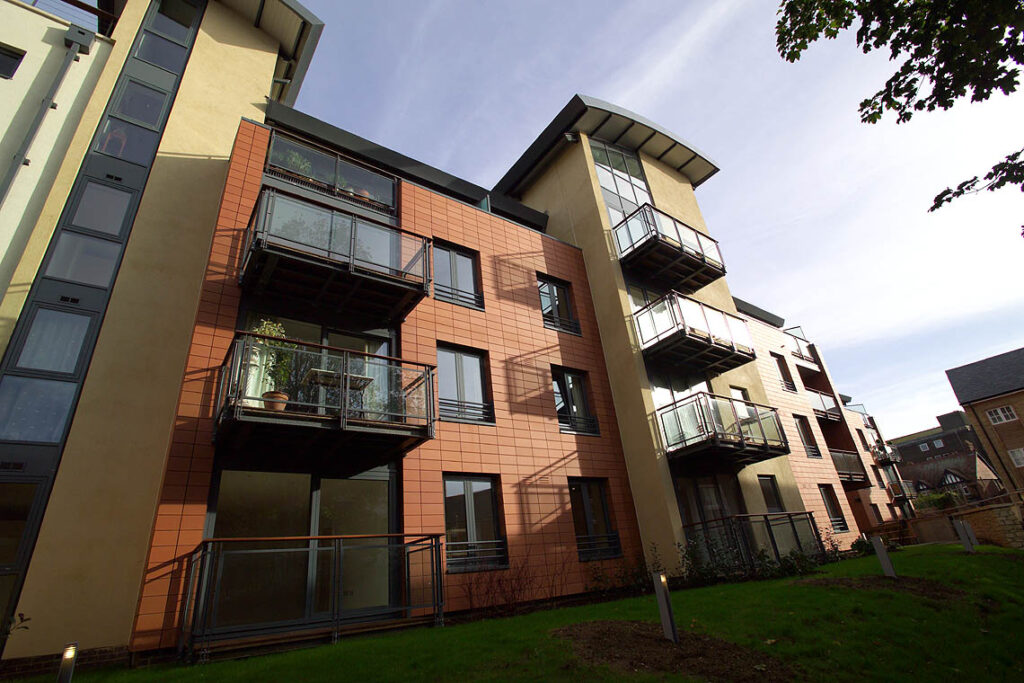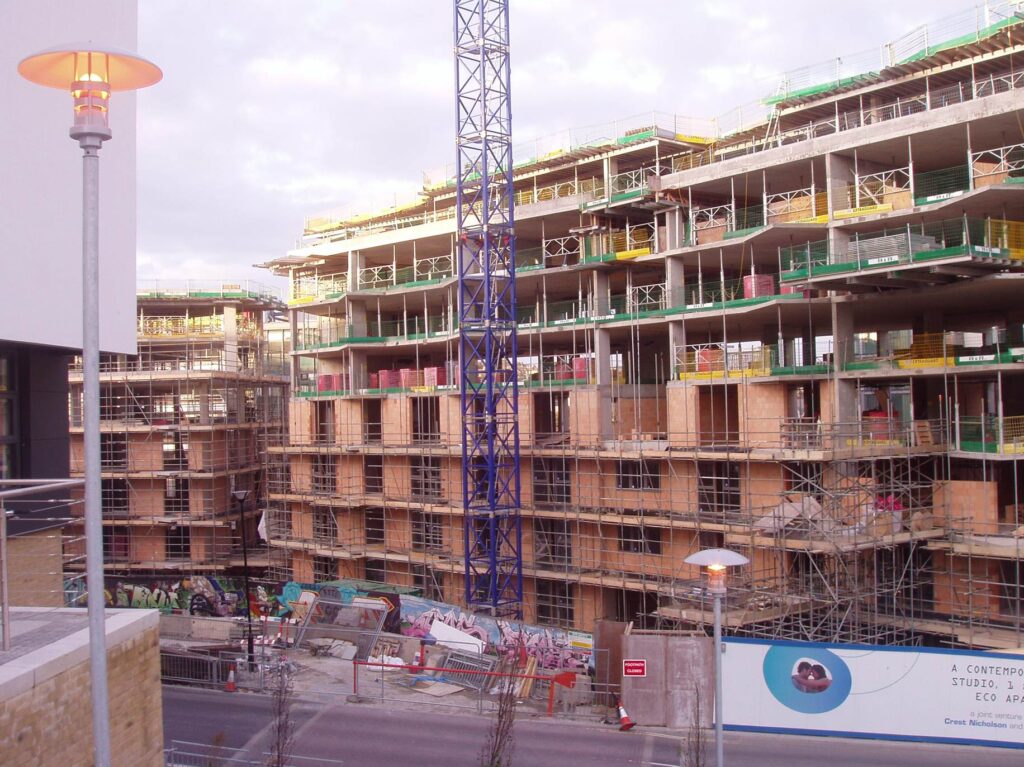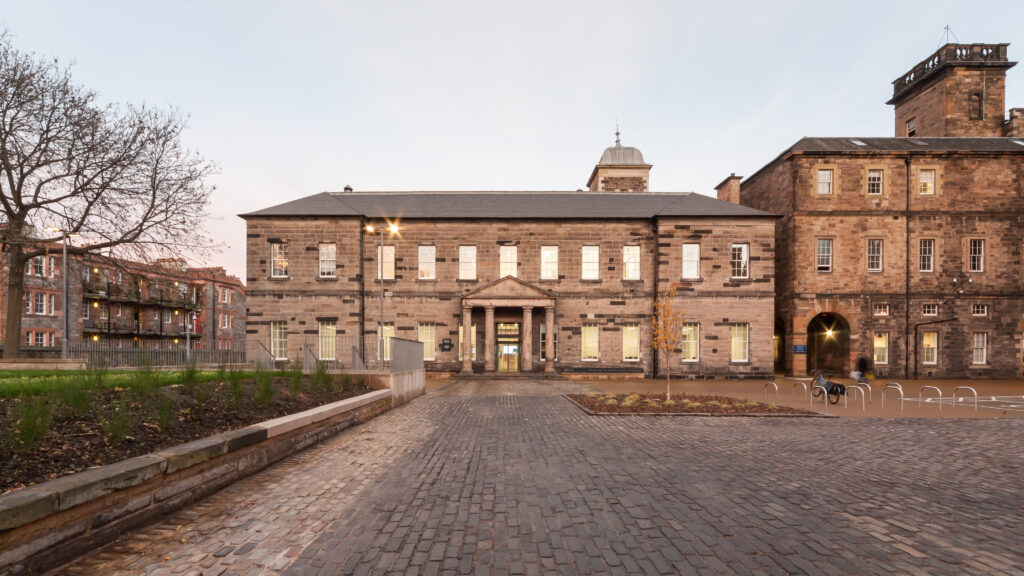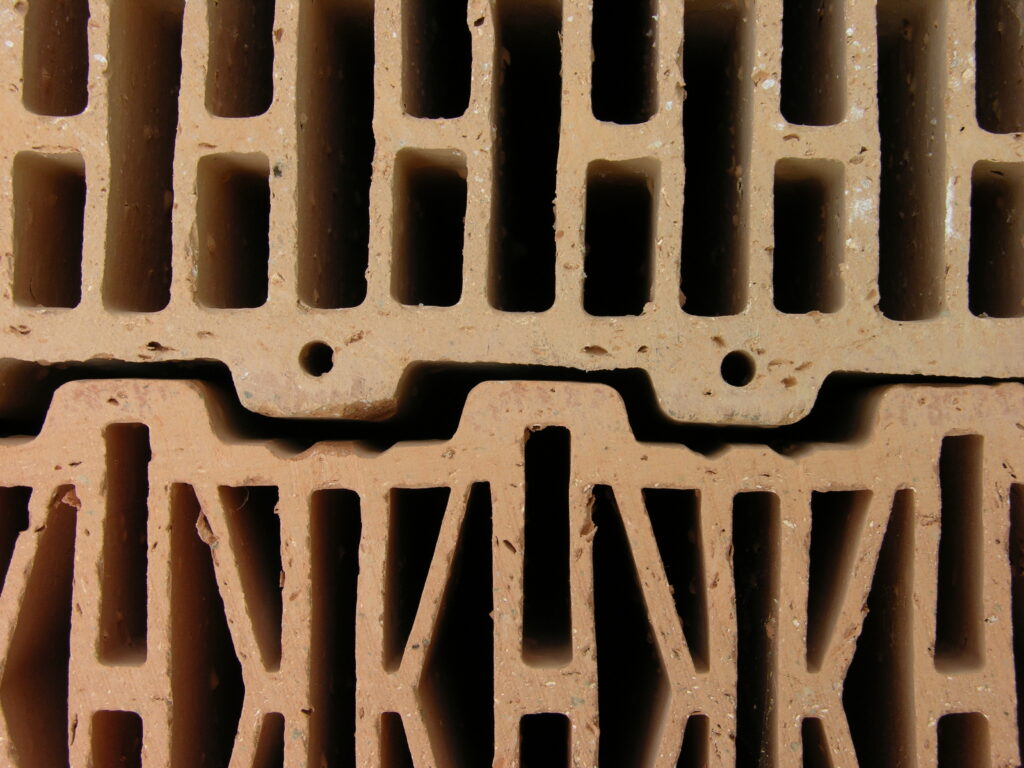closed cladding
Systems
open cladding
Systems
rendered
systems
Why Build With Masonry?
Masonry are hard material units used to create a building that are worked on by masons. Historically limestone, sandstone or brick were the most common forms of masonry. In more modern times we have witnessed a huge movement to the concrete block due to its reduced cost and ease to work with. However, concrete blocks are typically not vapour open and come with a high embodied carbon, making them less suitable for use as we move into a low carbon future. There are now a huge range of masonry options with varying properties including, clay block, hemp blocks and many more exciting materials.
Key benefits:
-
- Masonry is non-combustible, making it an excellent choice for buildings where avoiding fire risk is of absolute importance.
- Natural masonry walls are historically linked to the local surroundings and provide an attractive rustic or elegant look for a home or building, depending on the material used and the workers’ expertise. The location of the masonry can make areas distinct from other towns, cities and counties across the UK. For example, Cotswold stone is a porous limestone that is easy to carve and is found naturally in the Cotswolds. However, the Cotswold stone in the north is golden compared to the pearly white Cotswold stone found to the south.
- It also offers a high resistance against natural degradation, pests, weather, and natural disasters including hurricanes & flood.
- Being very durable, most masonry can withstand large amounts of compressive weight loads whilst increasing the thermal mass of a building, helping to prevent summertime overheating.
- Typically, masonry buildings have longer lifespans than any other building type. This is most notable with the number of ancient structures made from limestone that still stand around the world today.




